Designing for a Non-Fungible World
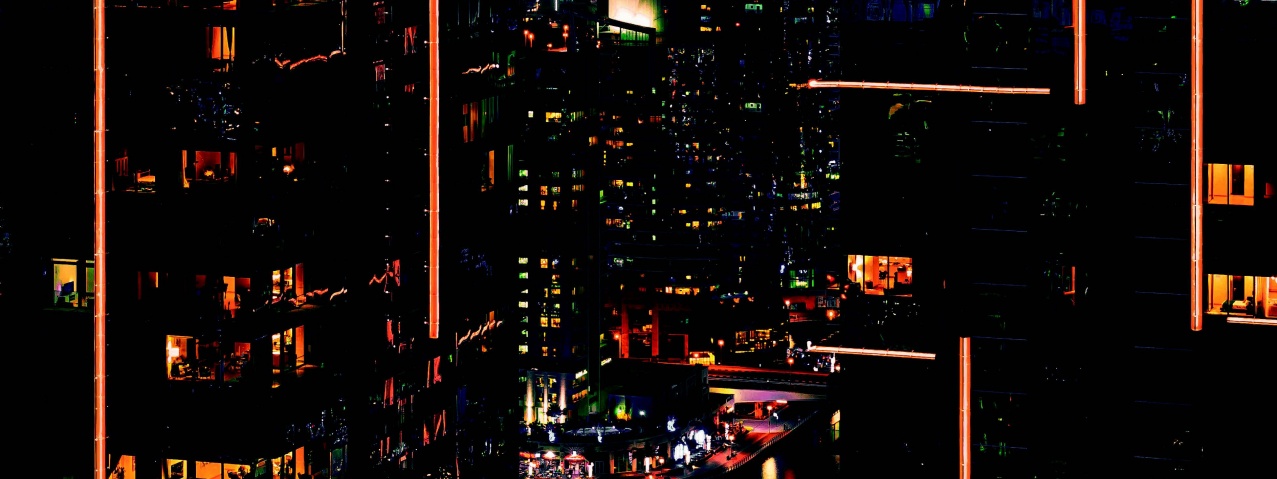
Design for a Digital World Digital art has proved an easy on-ramp to establishing blockchain applications. The market is small, affluent, technologically savvy, geared to self-promotion, and feeds on speculative investments—a set of core ingredients sufficient to establish NFT as a functioning system of exchange. Accordingly, artists are becoming optimistic about reaping rewards from their hard work. However, the NFT and blockchain currently in use are still in a relatively primitive stage of development, similar to what the internet was in the early 1990s. It is a niche technology with a promising future. The signs are positive that blockchain, in whatever form and cryptocurrency valuation, is going to be an enduring technology. Timing has been fortuitous, as people are rapidly adapting to online work, education, and leisure environments, suggesting in the near future ever greater numbers of people will be having everyday social interactions on some form of the Metaverse. Gamifying this amalgamation of digital experiences will further ease entry into the Metaverse, as virtual worlds and avatar-based human interaction become established as the next form of everyday internet experience. So, for anyone interested in any aspect of game design, there seems a bright future ahead. Where to for Digital Design? If people are going to be living more of their lives in the digital realm, then enhancing their shared experiences while in this environment will be a rich source of work for designers. The limits of collaborative design practice will be reconsidered as analogue methodologies, such as social design or community design, are adapted to designing in the shared Metaverse. As a field of endeavour design will also undergo an intense flattening as creating the Metaverse and Web 3.0 becomes more accessible, generating participant-designers and virtual design communities that are able to endlessly customise their digital existence. Literally, anyone can become a designer. NFT and blockchain have created a business ecosystem in which people can work and earn real money, that can be exchanged between the digital and physical world. Not only that, it is a technology inherently designed to be decentralised and democratic in its access to ownership, creation, and value. As we have seen with the case of Axie Infinity, this will have a massive effect on who participates in this latest technology boom, and from where. Fortunately, the barriers to entry are as low as a smartphone and internet access. Finally, and on a potentially profound level, being able to digitally clone real-world objects and places also holds potential for creating alternative uses and functions to emerge first in a virtual context. In fact, collaboratively building a proof-of-concept in Metaverse form could be a practical first step allowing more people input into creating visions of a socially and environmentally sustainable future. |
Others
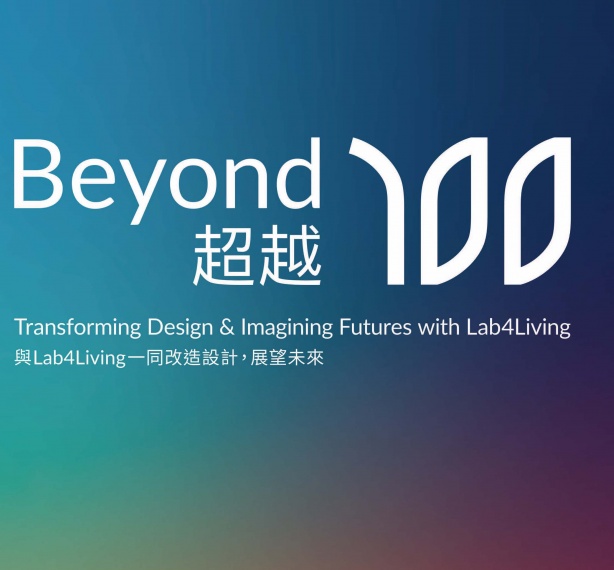
Latest News | 30 March 2022
Beyond 100: Transforming design & imagining futures with Lab4Living

Latest News | 30 March 2022
The Parametricism Era Interview with Patrik Schumacher, Principal of Zaha Hadid Artcihtects

Latest News | 30 March 2022
Purpose- Oriented Design Interview with Dr. Peter Zec, Founder and CEO of Red Dot

Latest News | 30 March 2022
ARTS TECHNOLOGY: The Future of Film-making

Latest News | 30 March 2022
HKDI NFT Forum and Design Sprint 2021
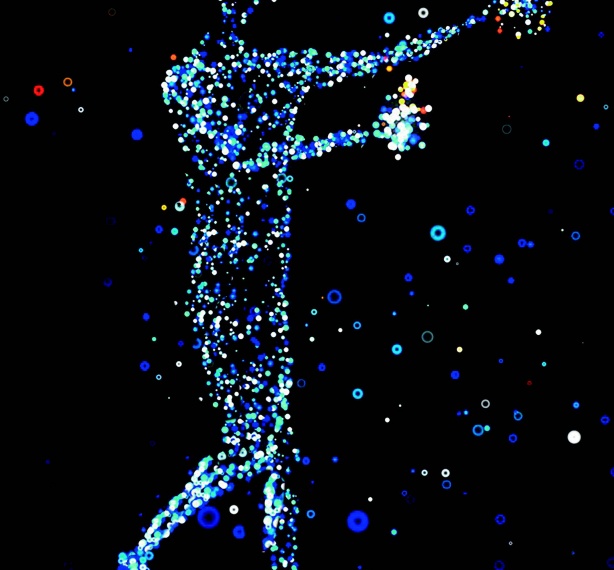
Latest News | 30 March 2022
The Metaverse
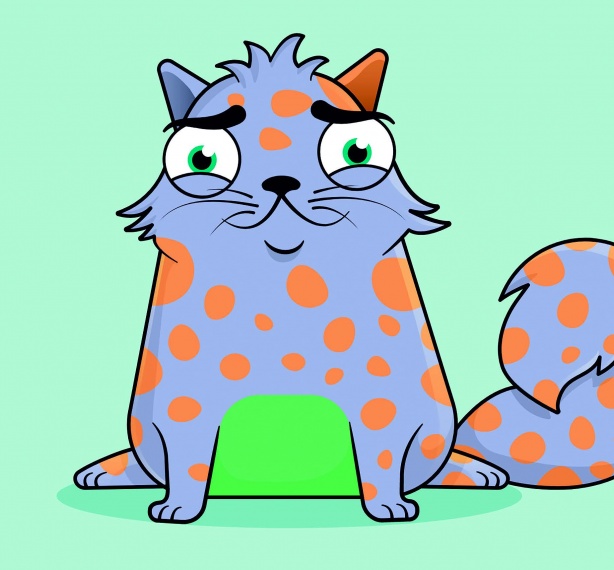
Latest News | 30 March 2022
NFT Gaming
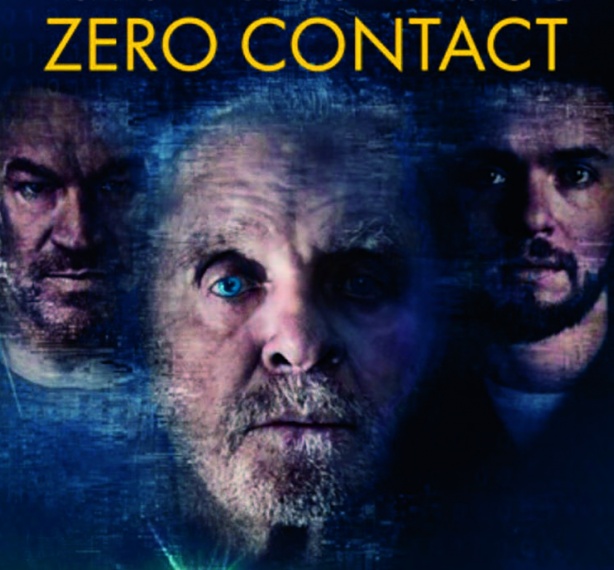
Latest News | 30 March 2022
Alternative NFTs

Latest News | 30 March 2022
NFT in the Marketplace
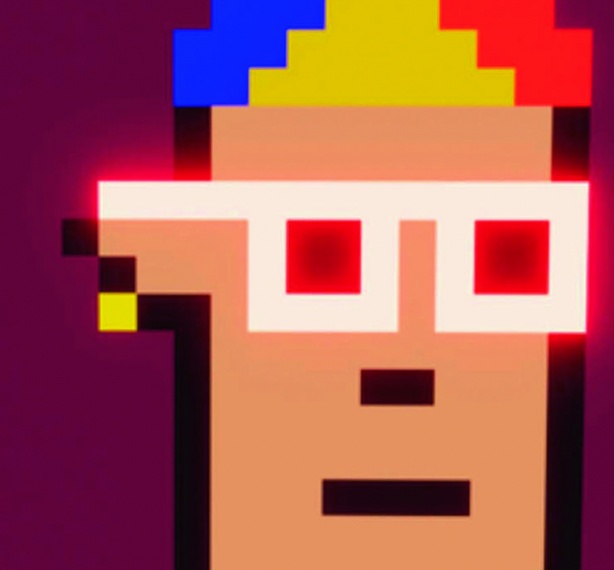
Latest News | 30 March 2022
Crypto Collectibles

Latest News | 30 March 2022
NFT ART
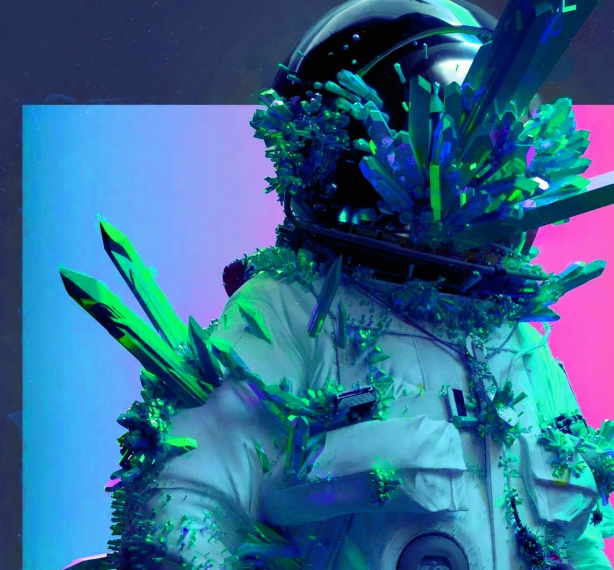
Latest News | 30 March 2022
What can NFT do now?
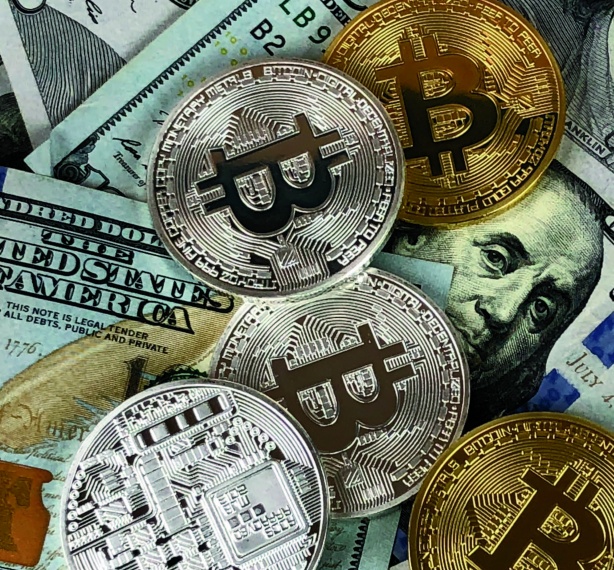
Latest News | 30 March 2022
What is NFT?
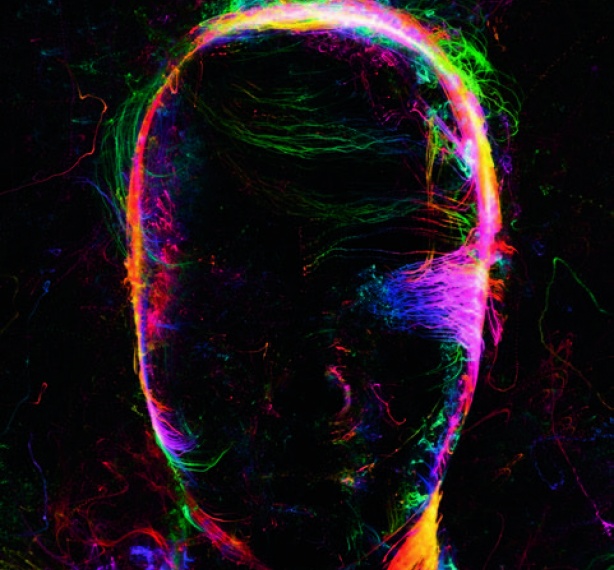
Latest News | 30 March 2022
Rethinking the Everyday: Fungible NON Fungible

Latest News | 30 March 2022
A View On Young Designers' Inspirations

Latest News | 30 March 2022
A View On Young Designers' Inspirations

Latest News | 30 March 2022
A View On Young Designers' Inspirations
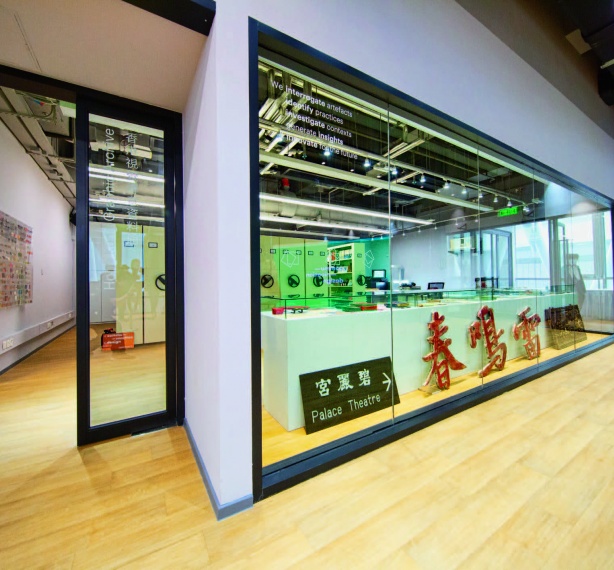
Latest News | 30 March 2022
Opening of HKDI Centre for Communication Design
